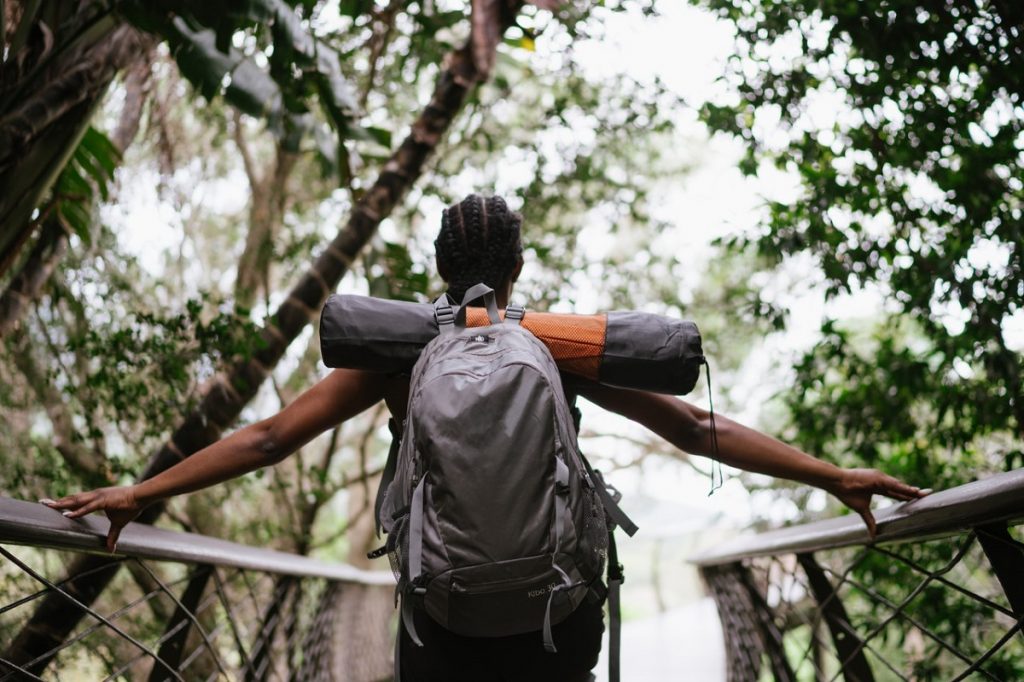Hiking is a fun activity that helps people connect with nature in a way that is deeply satisfying. It’s got the edge of challenging one’s body physically, and the thrill and the sights that come with it are worth the hours on a trail. But with the unpredictability of a trail comes unavoidable risks. It is easy to get injured when one comes to a hike unprepared, and this could lead to injuries that take a long while to heal.
For those bitten by the hiking bug, so to speak, waiting for an injury to fully heal can feel like a lifetime. And depending on how much work the body has to do to get back to a safe and healthy state again, jumping back into strenuous activities could be dangerous. The view from a peak is gorgeous, but would it be worth chronic pain in the shoulder, or ghost aches in the legs?
Here are some important things to remember before easing oneself into a hike.
1. Get the green light from a doctor
It’s impossible for the body to fully heal overnight, and depending on the injury and areas affected, it could take a while before you’re back on the trail. Hiking, at the end of the day, demands a lot of energy. Putting oneself on a group hiking list for a challenging trail at the first sign of feeling “fine” would put you in more danger than the initial injury, so it’s best to wait for the doctor’s go signal. Doing so would assure that your body is actually ready to build up the strength to go hiking again.
Getting a doctor’s seal of approval can also lessen the risk of a worse injury taking place. For example: forcing oneself to go hiking again after resting their arm for just a week after a nasty fall will guarantee more pains in the future, which could lead to the affected area worsening with time. Professional opinions matter more when it comes to your health, so it counts to wait it out and follow instructions to the letter. Better safe than sorry!
2. Ease your body back into physical activity

At the end of the day, hiking is still considered an extreme sport or leisure activity. Some trails are easier to trek than others, and not everyone is fit to take on the harder ones. Wanting to get back into hiking would mean helping your body get a good head start on different forms of physical activity. Seeing a physical therapist can help you greatly.
If you live in an area surrounded by mountain ranges and hiking spots, chances are there will be a good amount of trainers and physical therapists in your locality. For example: finding a health and wellness instructor would be fairly easy due to the surrounding abundance of trails and enthusiasts, but most hospitals or health centers across America have in-house physical therapists, as well. Training and slowly getting physical fitness back can also speed up the healing process.
3. Pick your trail according to what you can handle
Signing up for the next hike with a more challenging trail sounds like an adventure, for sure. But three hours into trekking after coming back from the hospital will make it feel more like unnecessary toil on the body. Pick trails that are more suited for what you know your body can handle, and not because it would sound cool posted on social media. Easing oneself back into activity after an injury is the wiser choice, and could very well save you in the future.
Even expert hikers and mountaineers recognize their limits. Sometimes, the body can only handle so much, and pressing on despite being advised against it would make things much worse. And think of it this way: revisiting friendlier trails could be so much fun! It can also give you and your buddies space to reminisce about other earlier trails you may have completed. If you’re still new to different levels, easy trails are also a great way to brush up on building endurance.
Partaking in a hobby that one enjoys can feel freeing, and hiking is no exception. But it’s also important to focus on getting back on your feet after a considerable amount of injury, so resting up and slowly getting back into it is the best way to go. Always listen to professional advice, and don’t rush the body’s healing process! The trails will always be there to come back to.

